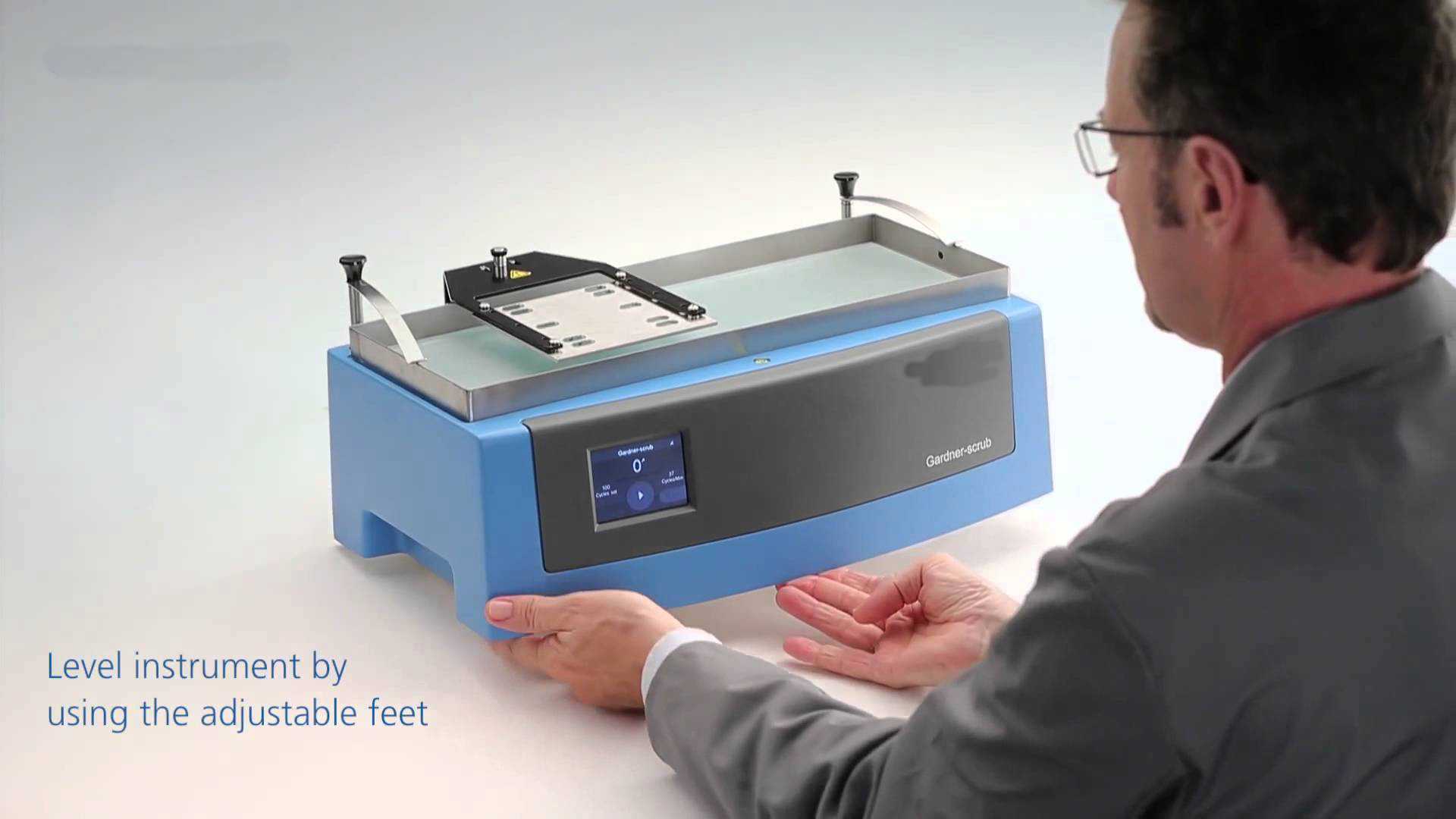Importance And advantage Of Evaluating The Scrub Resistance

Paints often become soiled, especially near doorways, windows, and in work and play areas. These test methods cover the determination of the relative resistance of different paints to erosion when repeatedly scrubbed during the life of the paint.

The importance of evaluating the scrub resistance of a paint is to confirm that it will maintain the expected visual appearance after washing with a brush or cloth to remove dirt and other markings, and that it will maintain its physical properties, i.e., no softening, blistering, or thinning when exposed to cleaning products. If the paint shows any visual changes in appearance when compared to a non-scrubbed area, then the paint is said to possess poor scrub resistance.
The advantage of evaluating the scrub resistance of paints in the laboratory is the regulation of the type of brush or cloth, the cleaning medium and the weight (amount of pressure) used to perform the testing. These standardizations are intended to remove some of the subjectivity of the evaluation and generate results that are comparable between products, even when tested at different locations by different entities.

Poor correlation in scrub testing can be attributable to among other things variations in the stiffness of the brush bristles, condition of washability tester, application and drying conditions. In an attempt to improve reproducibility, Test Method B has been developed.
In the end, the goal of scrub resistance evaluations is to provide unbiased information about the product so that the end user, the consumer has confidence in the products they are purchasing; specifically, that they can be cleaned over their intended life without significant wear.
2017-12-22 14:34


